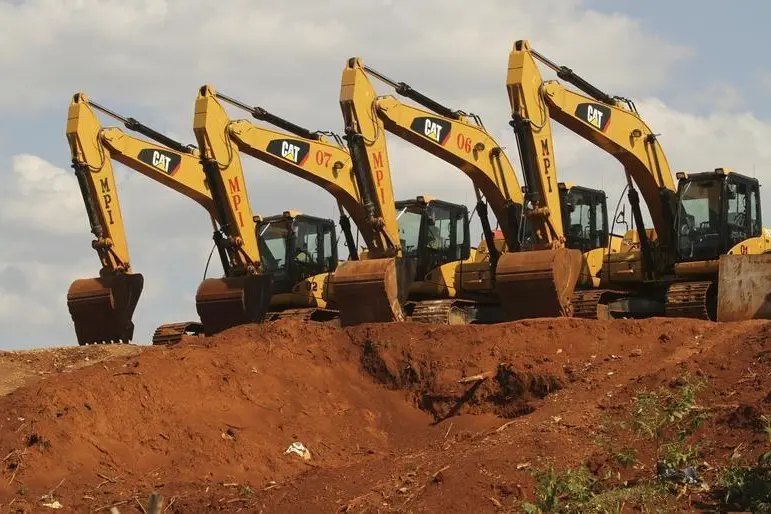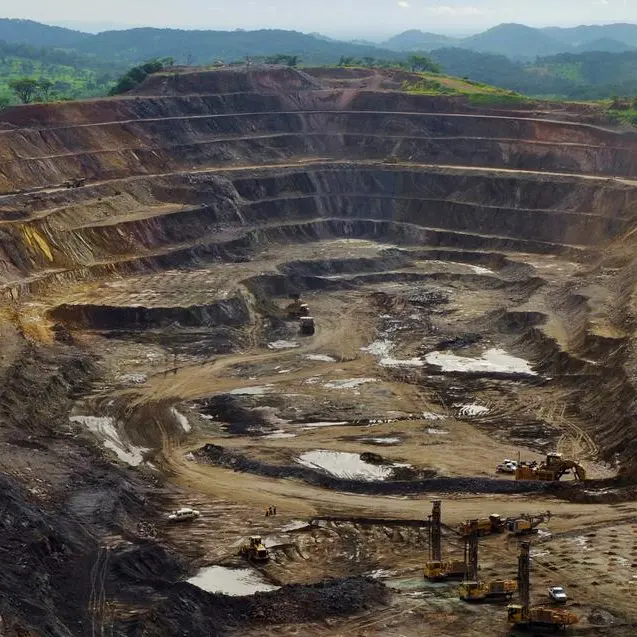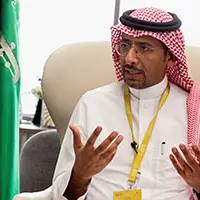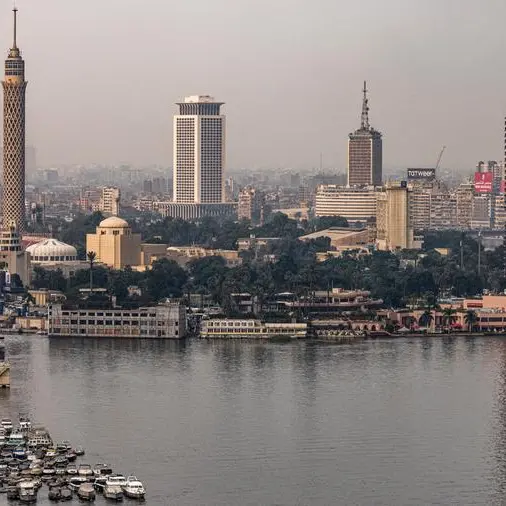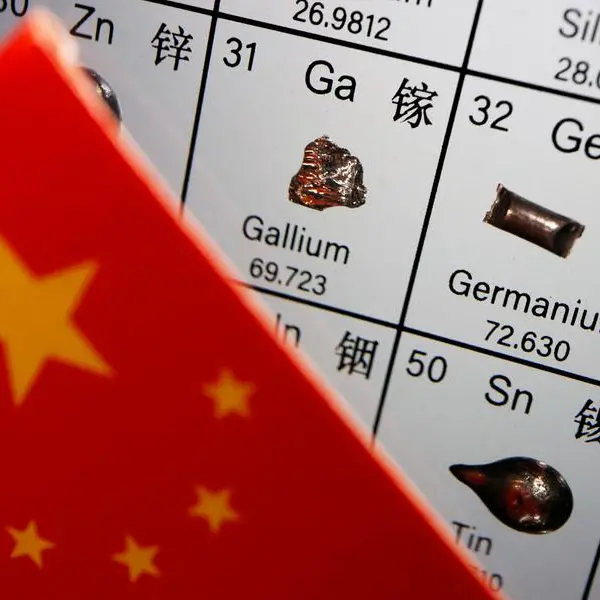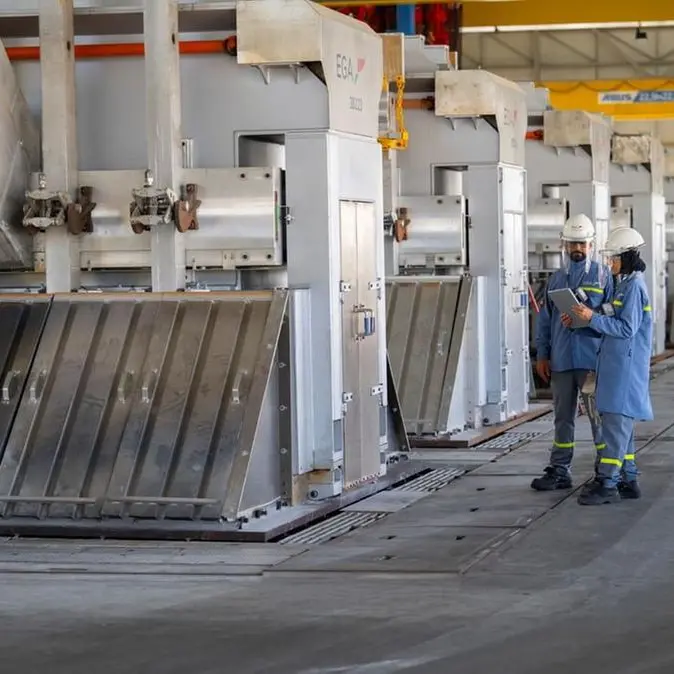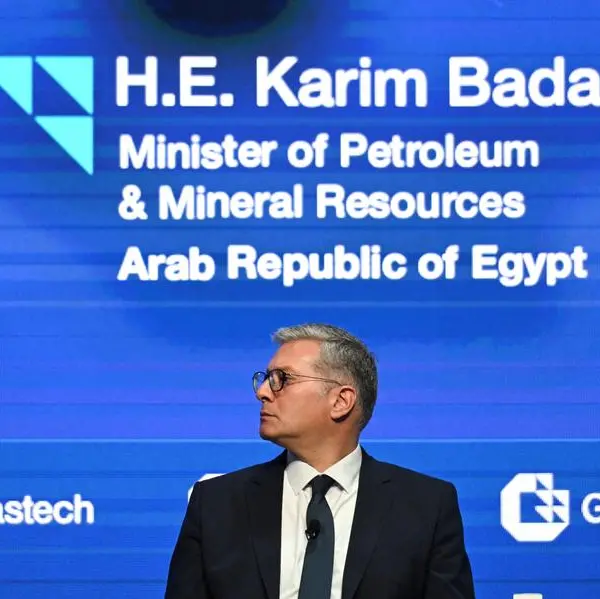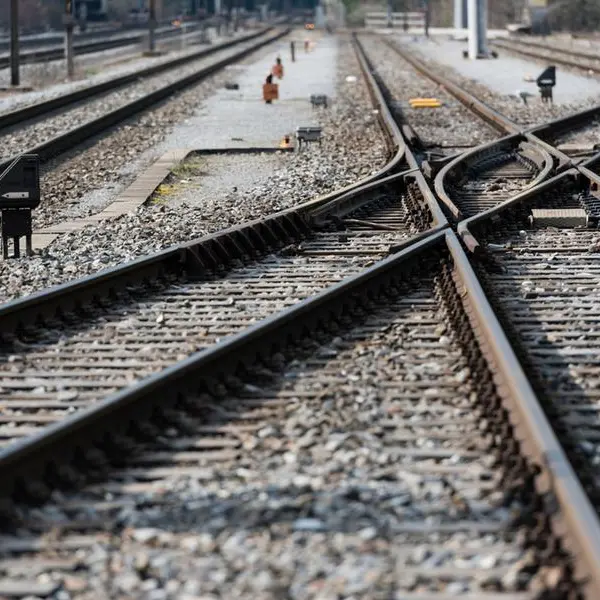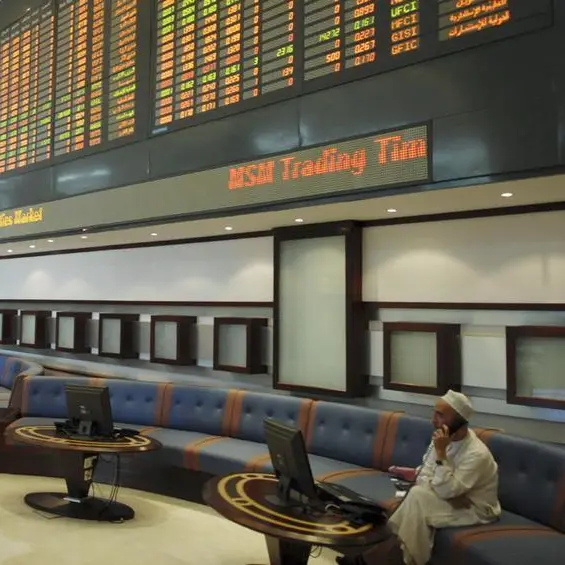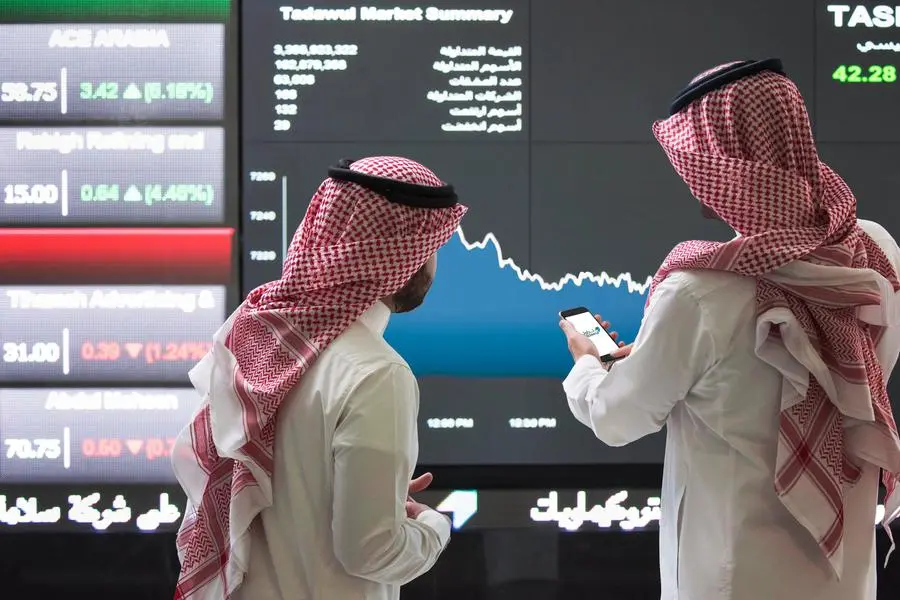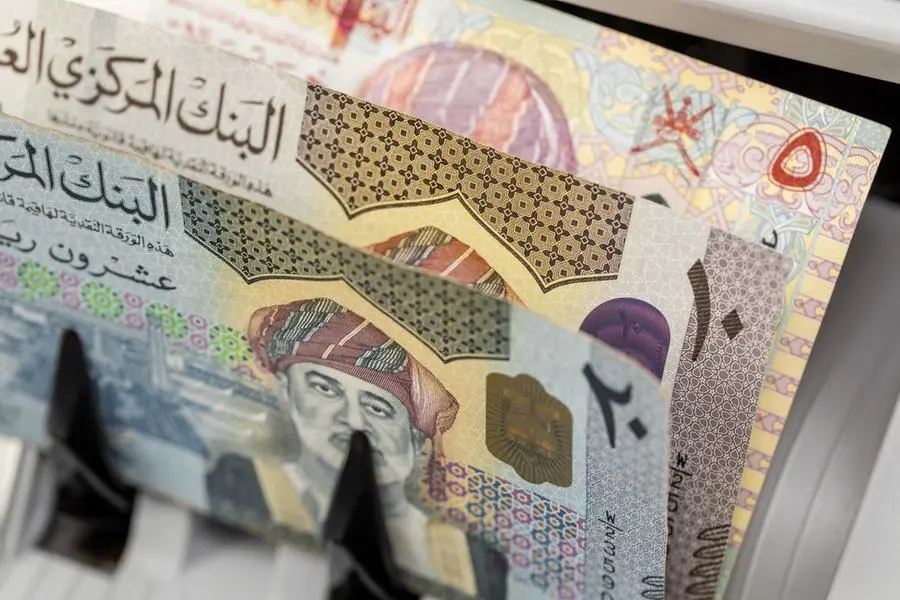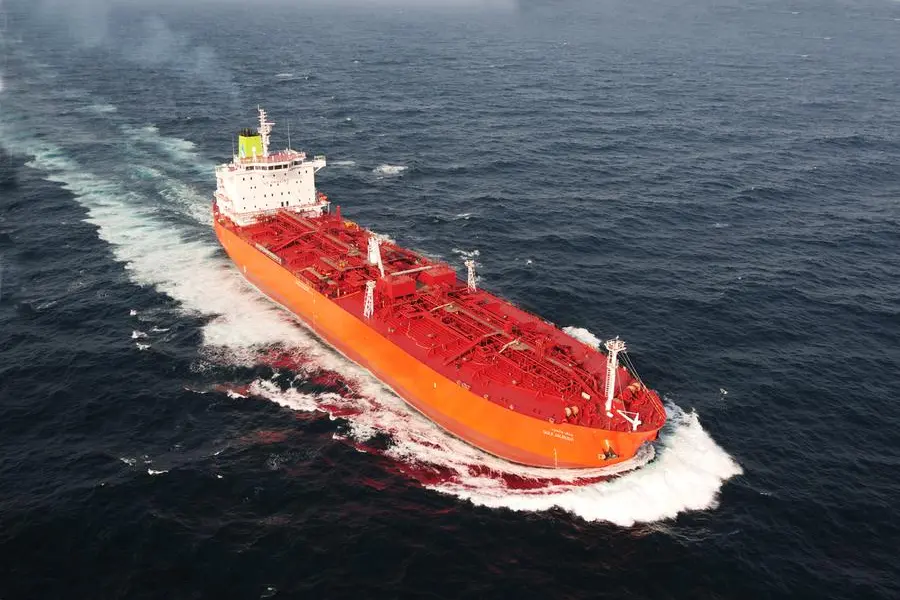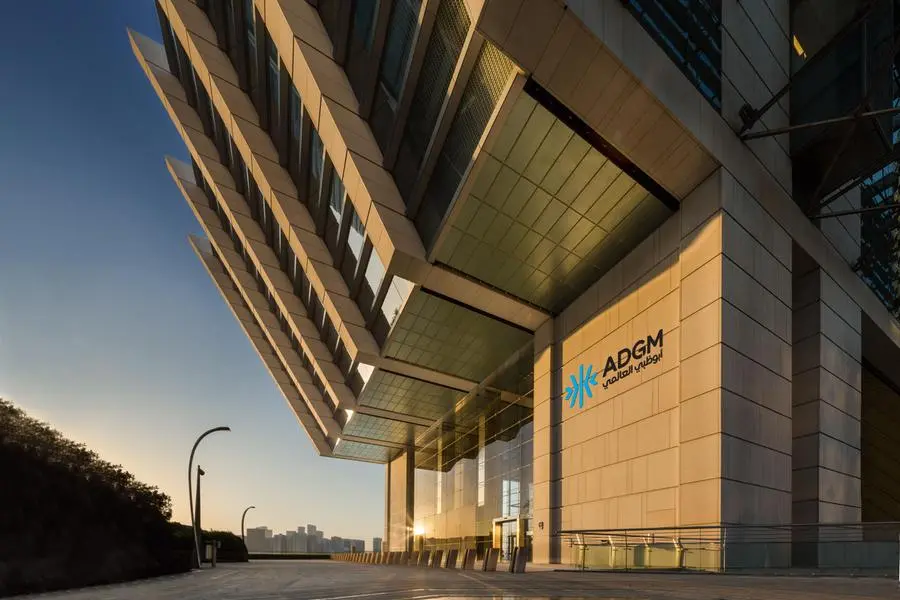PHOTO
Image used for illustrative purpose. Excavators sit idle in a nickel-mining area on the hill of Pomala village in Southeast Sulawesi province September 2, 2012. The most dramatic effect of new regulations on Indonesia's mining industry has been on mineral exports, which surged as companies fought to beat a May 6 export tax deadline and plunged thereafter. Nowhere is the human impact of the slide more visible than in the remote mining communities of Sulawesi, an island east of Borneo and the country's main source of nickel. Picture taken September 2, 2012. To match Feature INDONESIA-MINING/EXPLORERS REUTERS/Yusuf Ahmad
MUSCAT: A nickel-laterite mine awarded earlier this year for development could rank among the largest in the world, potentially positioning the Sultanate of Oman as a world-scale producer of nickel – a critical mineral at the heart of the current global transition to clean energy.
In March this year, UK-based strategic minerals miner Knights Bay was awarded a mining concession for Block 21 in the Wilayat of Ibra in North Al Sharqiyah Governorate. Covering an area of 1,444 sq kilometres, the nickel laterite mine is also believed to hold rich deposits of strategic minerals including cobalt, chrome and iron ore, besides nickel.
In a fresh update on Block 21’s promising mineral potential, a top official has revealed that the mine could become a major source of nickel for the world’s booming clean technology industry.
“This project has the potential to be the second and possibly even the largest nickel-mine in the world,” said Max Beck, Director of Investor Relations for Knight's Bay. “Our plan sees full production of 200,000 tonnes per annum starting in 2030-31 and has an estimated life of mine of over 100 years.”
Beck shared the new insights in a recent presentation outlining details of a private placement of a small number of shares available to Knights Bay executives before the company targets larger investors.
“We're in talks with several investors, two of which have the potential to fund the rest of this “project with an outright estimated $5.5 billion and are supportive of our plans for the project,” said Beck, adding: “Well, in the words of one of our larger potential investors when we presented the project to them, they commented that this is a behemoth of a project and indeed it is.”
Describing Block 21 as an “exceptional find”, the official said the Ibra concession also holds 135 kilometres of nickel laterite outcropping that is “easily traceable and largely visible to the eye”. Samples obtained from the site have also confirmed the presence of 1 per cent grade nickel, which is middle of the grade range of other nickel mines around the world, he noted.
“We've estimated from the limited data a realistically achievable global exploration target of 11 billion tonnes of nickel laterite. This target should convert to reporting code NI 43 101 for reporting resources and reserves,” the official stated.
Importantly, the presence of iron ore, cobalt and chrome credits in the ore promise to add a further 20 per cent to gross revenues, said Beck. Some small mines currently being exploited provide high iron ore material suitable for the cement industry, he stated
Further, in keeping with its commitment to producing net zero carbon nickel (effectively green nickel), Knights Bay plans to harness solar energy for its electricity needs. For the ore reduction process, reformed gas with carbon capture technology will be deployed. As for water, the requirement is expected to be minimal due to the company’s plan to adopt dry process primary processing technologies, he said.
“We will however use industrial water from desalination plants in an existing industrial area for refining the nickel to electric vehicle battery quality,” he pointed out.
Nickel production from Block 21 is expected to be marketed in 2030-31, at which point “demand is forecast to exceed supply and should point towards higher nickel prices”, Beck added in conclusion.
2022 © All right reserved for Oman Establishment for Press, Publication and Advertising (OEPPA) Provided by SyndiGate Media Inc. (Syndigate.info).
